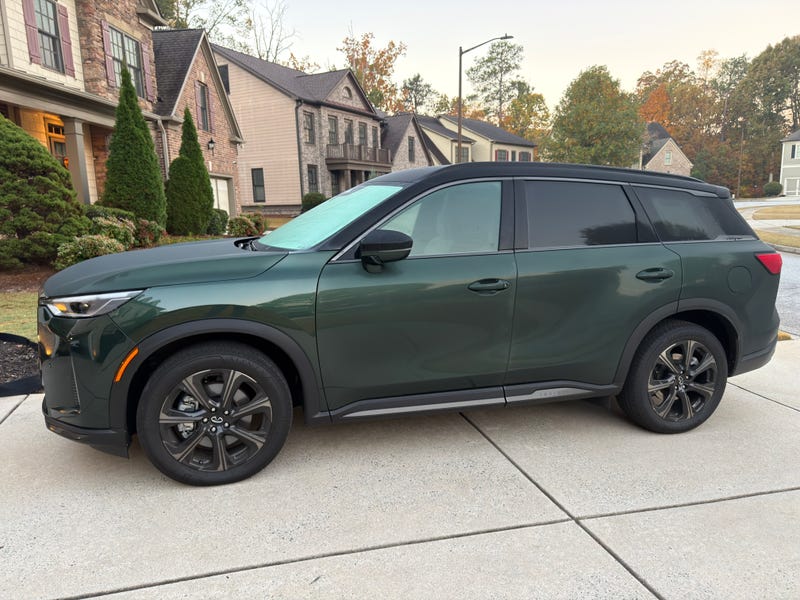
There is something poetic about returning to an assembly line, though this time I was not there to work on it. After college, I spent a short stint on the Ford assembly line in Hapeville, Georgia, where I installed carpet on the trim line. It was hard work, repetitive but steady, and there was a rhythm to it that felt like an industrial heartbeat. Decades later, that same rhythm came back to me as I packed for Tennessee, where I would experience firsthand how vehicles are built today.
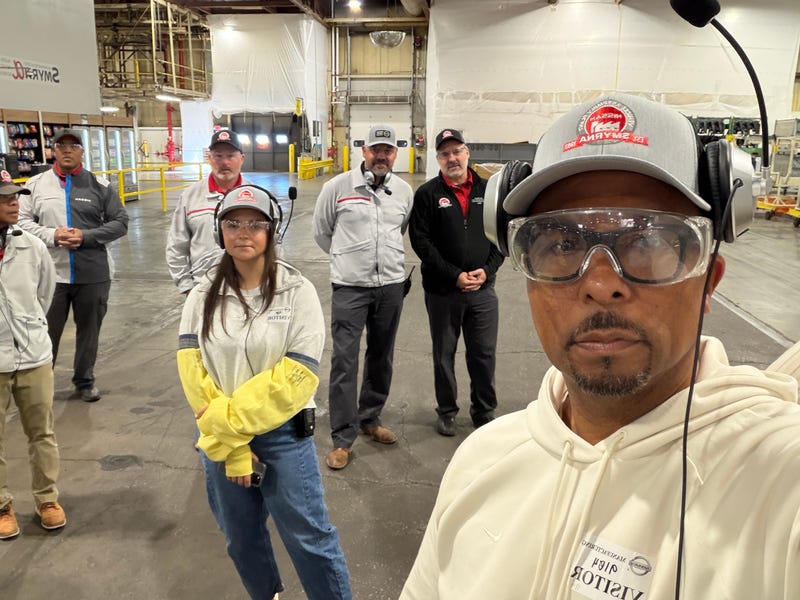
Day One: The Drive to Nashville
My trip began in Atlanta behind the wheel of the 2025 Infiniti QX60 Autograph Edition, which is assembled at Nissan’s Smyrna Vehicle Assembly Plant, the very facility I would tour the next day. That connection gave this drive a deeper meaning.
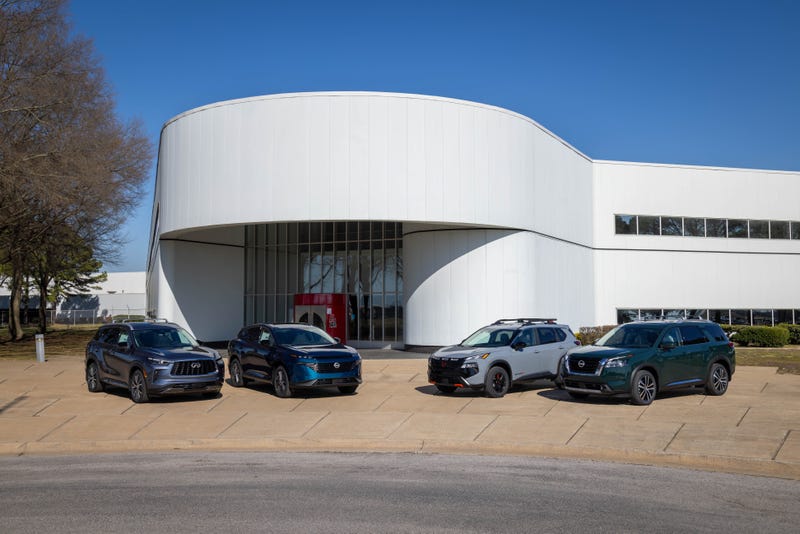
The QX60 was an ideal travel companion for the four-hour trip. The massaging front seats helped relieve tension after two hours on the road, and the climate control system handled the temperature swings with ease. The Klipsch Reference Premier 20-Speaker Premium Audio System turned the cabin into a rolling studio, delivering deep, clear sound that filled the space and made the drive feel effortless.

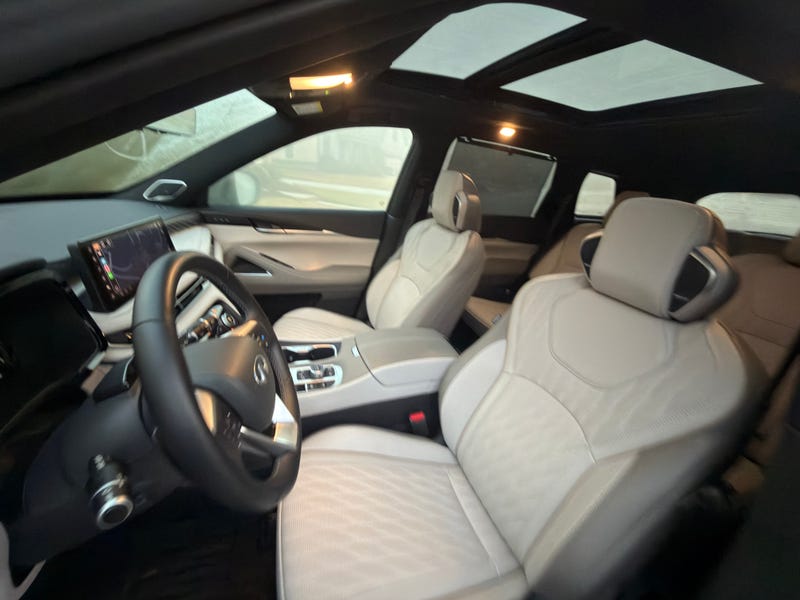
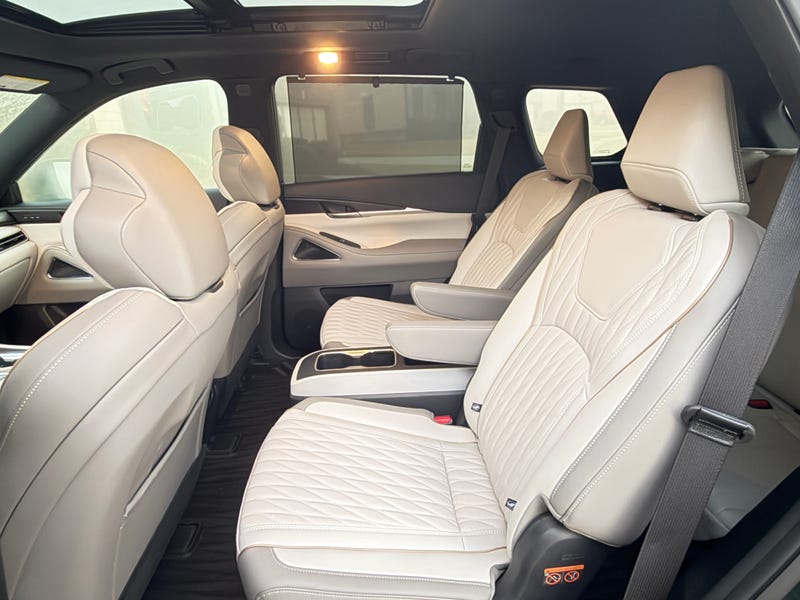
The ProPILOT Assist system, which integrates adaptive cruise control, lane-keeping assistance, and distance monitoring, worked well under steady highway conditions but showed a few inconsistencies on winding stretches near Chattanooga. When driving on an open road, it reduces driver fatigue by maintaining a comfortable following distance and gently correcting the steering to keep the vehicle centered. It was most helpful during long stretches of interstate travel, where its subtle precision eased the workload.
The drivetrain in this model uses a 2.0-liter variable-compression turbocharged engine rated at 268 horsepower, paired with a nine-speed automatic transmission. Around town and on level highways, it delivers smooth, predictable power with quiet composure. Through the mountains near Chattanooga, however, the smaller displacement showed its limits. The engine worked harder on long uphill grades, and while the nine-speed transmission managed its shifts confidently, the overall performance felt strained for a vehicle of this size and weight.
Automakers today face intense pressure to meet Corporate Average Fuel Economy (CAFE) and emissions regulations, which means downsized, more efficient engines often replace larger, more powerful ones. The variable-compression turbo technology does a good job of balancing performance and fuel economy. Still, I couldn't help thinking the QX60 might benefit from more displacement or hybrid assistance to provide stronger mid-range torque.
It also made me wonder how much better the QX60 might feel if it still used the previous 3.5-liter V6, but paired with this newer nine-speed transmission. That combination could have delivered the kind of confident, effortless power that would complement the refinement and quiet comfort already present in the rest of the vehicle.
Inside, the QX60 was everything a luxury family SUV should be. The cabin featured soft-touch materials, quilted leather seating, open-pore wood trim, and a level of quiet that matched its premium price. Every surface felt intentional and thoughtfully designed, the kind of environment that makes long drives effortless.
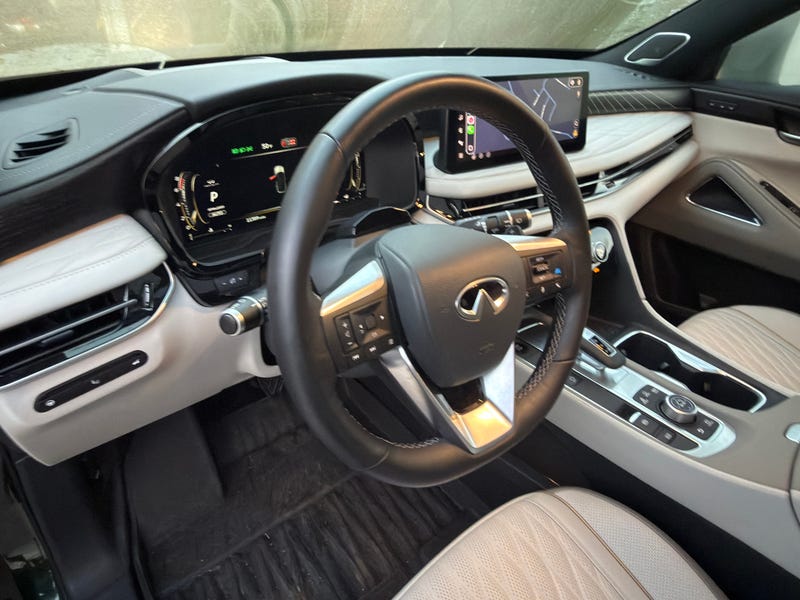

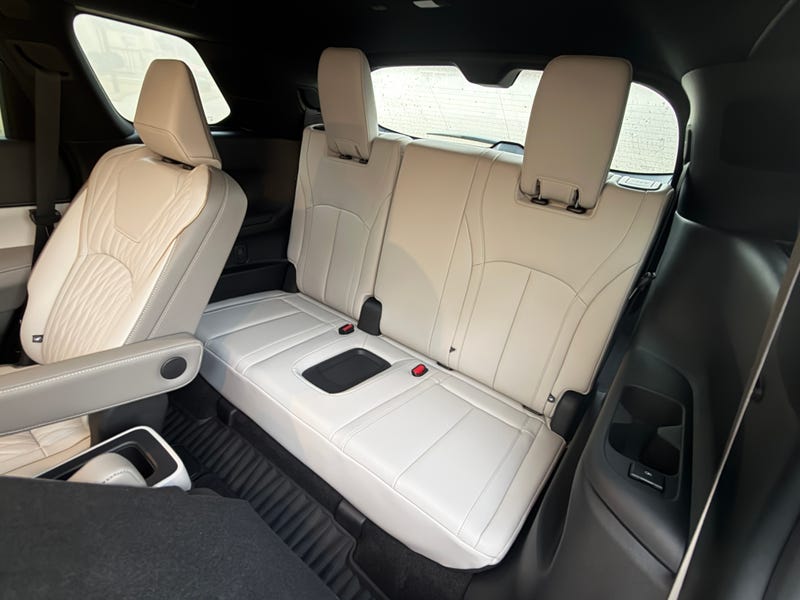
By early afternoon, I checked into The Russell Hotel in East Nashville. Once a church, the boutique property retains its stained glass, arched ceilings, and a sense of charm that makes you pause for a moment before heading to your room.
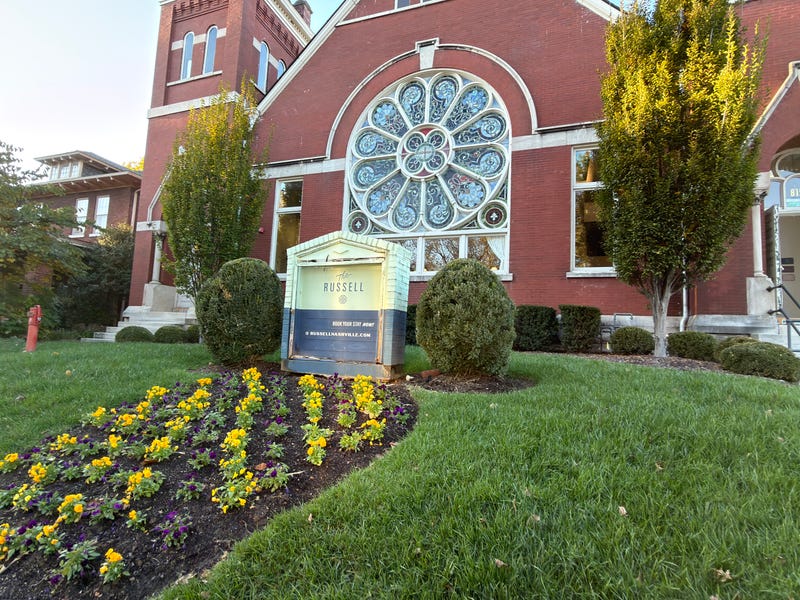

After all of the journalists arrived, our group headed to RCA Studio B, one of the most historic recording spaces in America. The tour guide was animated and quick-talking, but his passion made it easy to follow. Standing in the same space where Elvis Presley, Dolly Parton, and Charley Pride recorded their hits was surreal. He explained how an echo chamber built in the attic gave Nashville recordings their signature sound. It reminded me that great craftsmanship, whether in music or manufacturing, comes from innovation and pride.
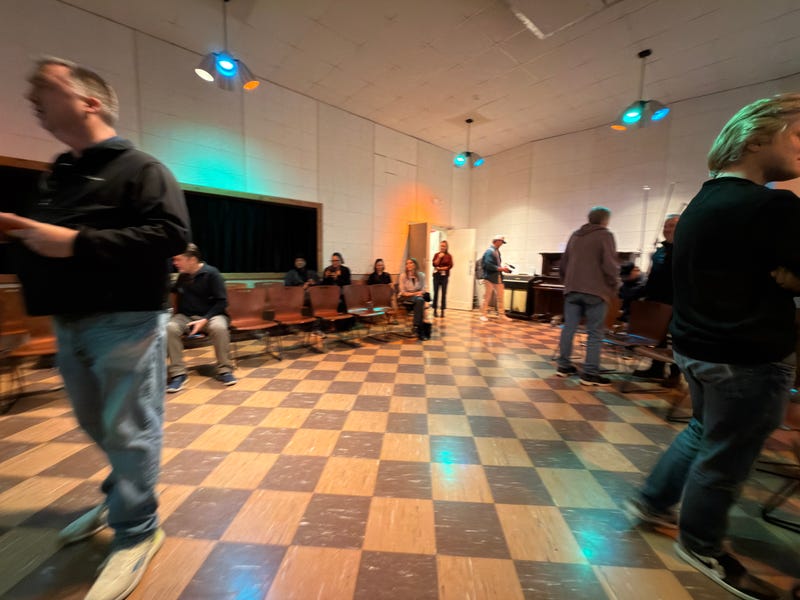
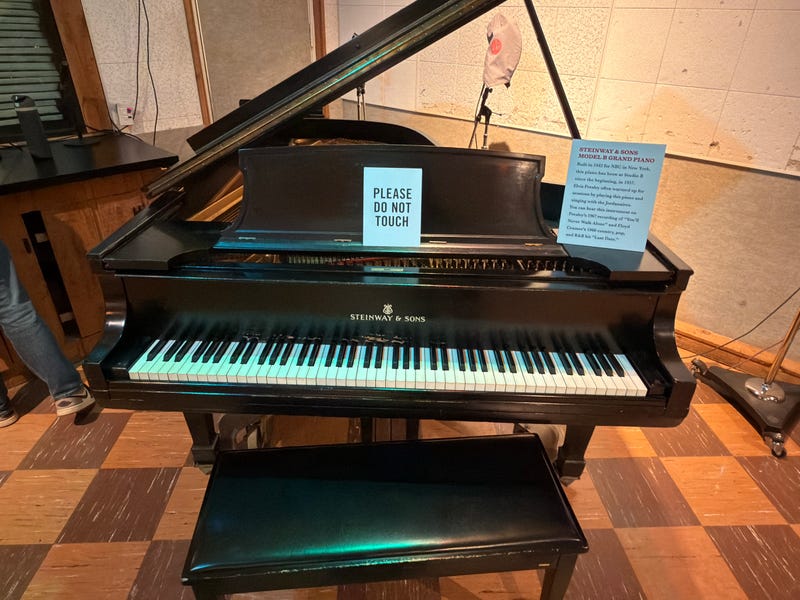
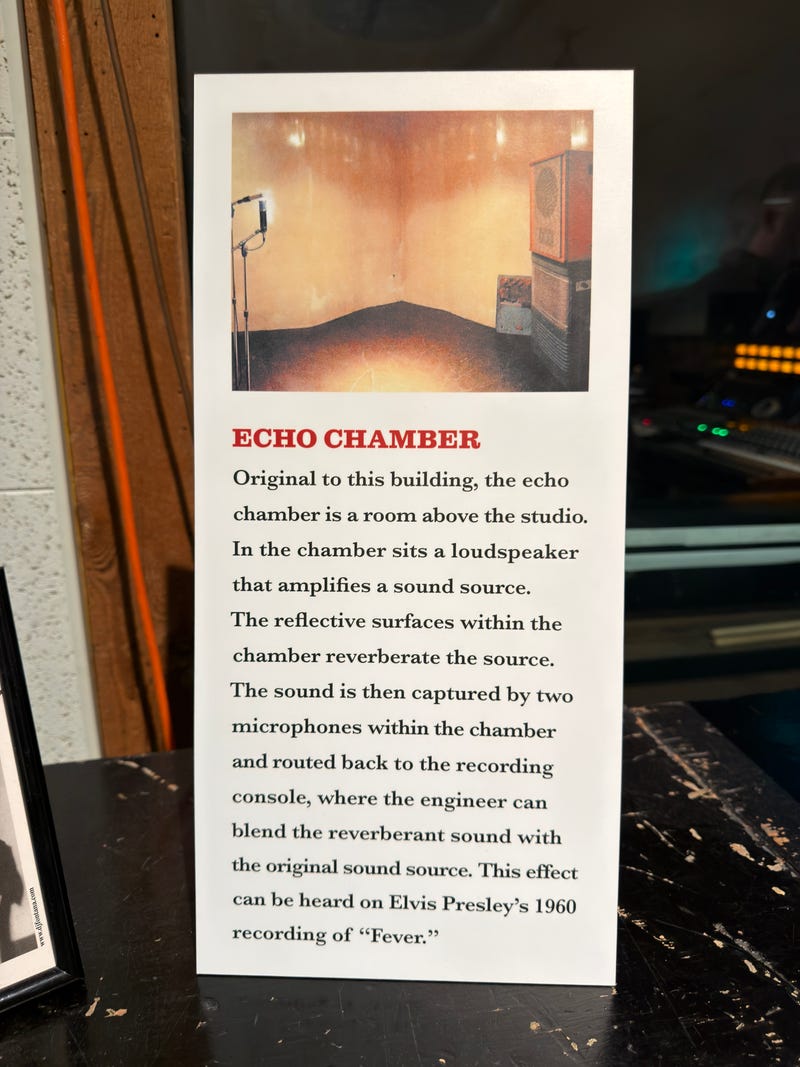
Dinner that night was at Hattie B’s Hot Chicken in Midtown. I don't eat chicken often, but since I was in Nashville, I had to try it. The spice hit quick and lingered just long enough to make you reach for a drink, but it was good. The line outside stretched down the sidewalk, filled with locals and tourists who were more than willing to wait.

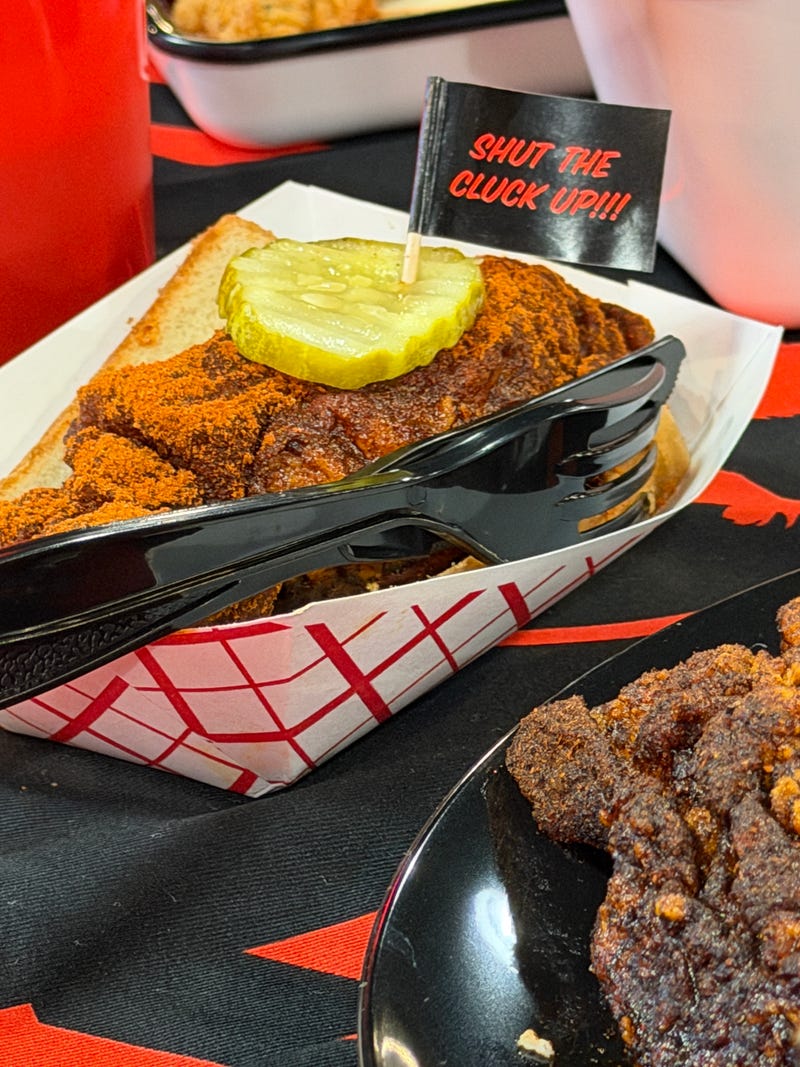
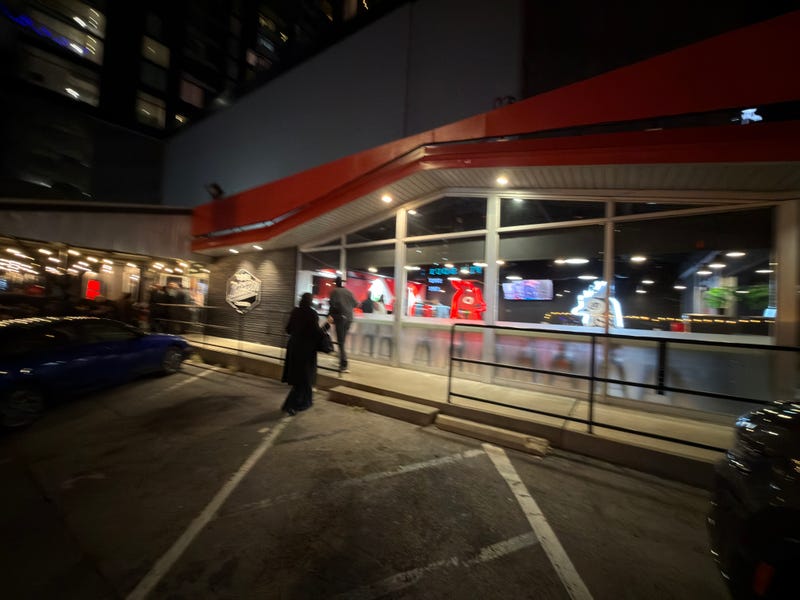
Day Two: Smyrna, Lynchburg, and Tullahoma
The morning started with breakfast at Yeast Nashville, a small bakery known for its kolaches. Afterward, we drove to the Nissan Smyrna Assembly Plant, where the story of Tennessee’s automotive legacy truly began.
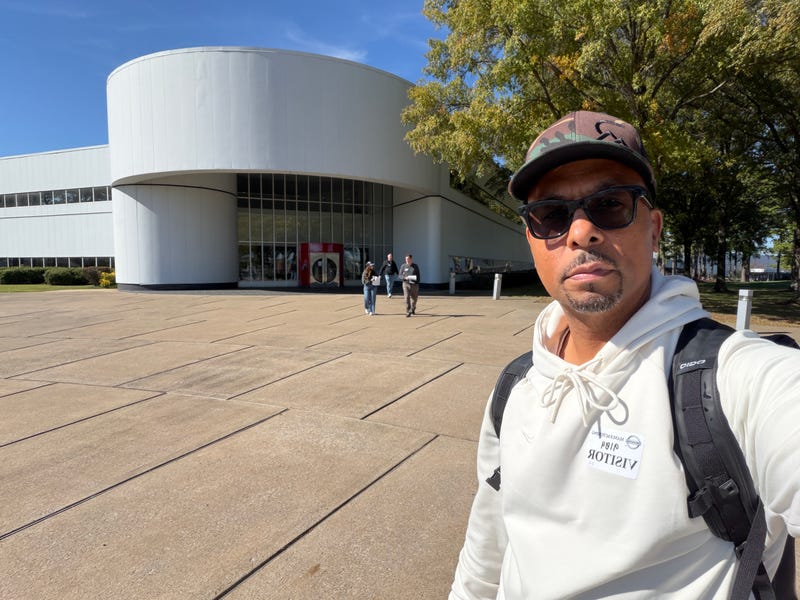
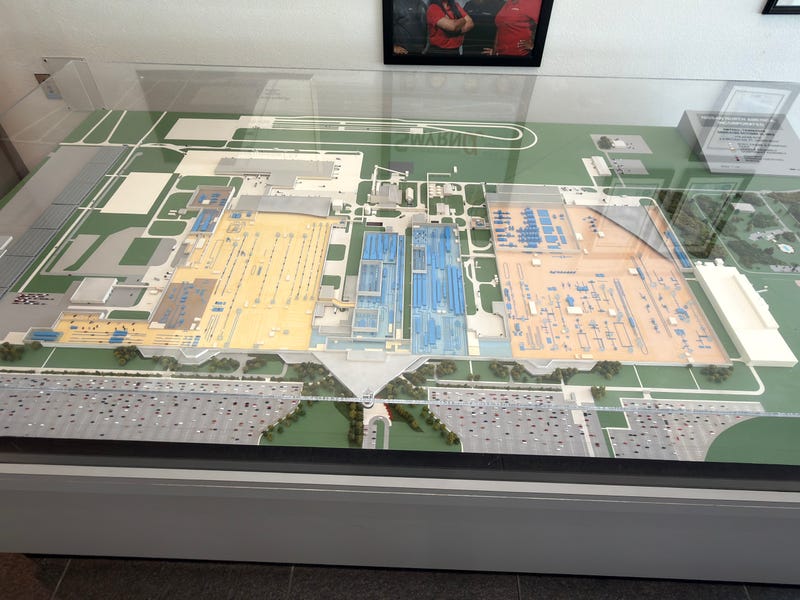
Before the tour, our group gathered to hear from Brian Crockett, Vice President of Manufacturing. He spoke about how Nissan changed the economic landscape of Middle Tennessee. “When this facility opened, Rutherford County was in the top ten for unemployment and the bottom ten percent for wages across the United States,” he said. “Nissan lit a fire in Middle Tennessee.”
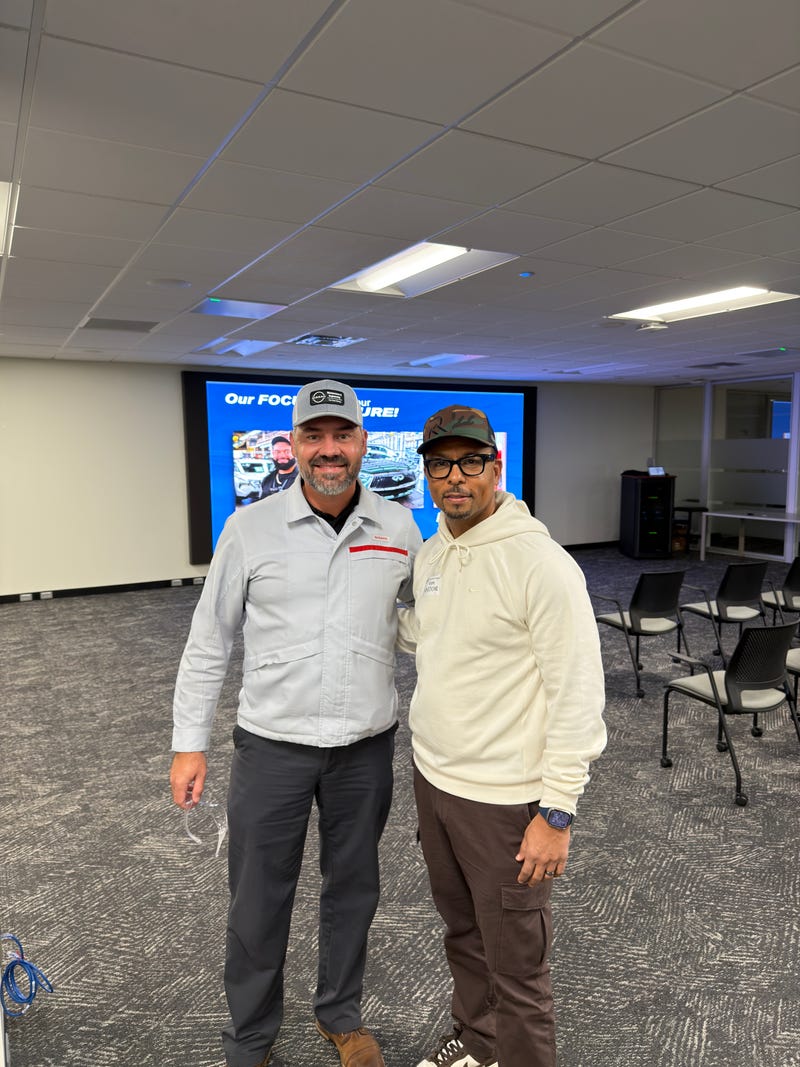
During the tour, I had the chance to speak with him one-on-one. Away from the group, he told me that he hopes he is training and preparing someone in the plant to take his place one day. “My job is to hold the door open,” he said. That comment stayed with me. It summed up the leadership philosophy and humility that I saw reflected throughout the plant.
The Smyrna facility employs more than six thousand workers across two shifts, and the average wage is ten to fifteen thousand dollars higher than the surrounding county’s median household income. The plant has produced more than fifteen million vehicles and earned twenty-one J.D. Power manufacturing awards, including Bronze and Gold Plant Quality Awards. It was also voted “The Coolest Thing Made in Tennessee.”
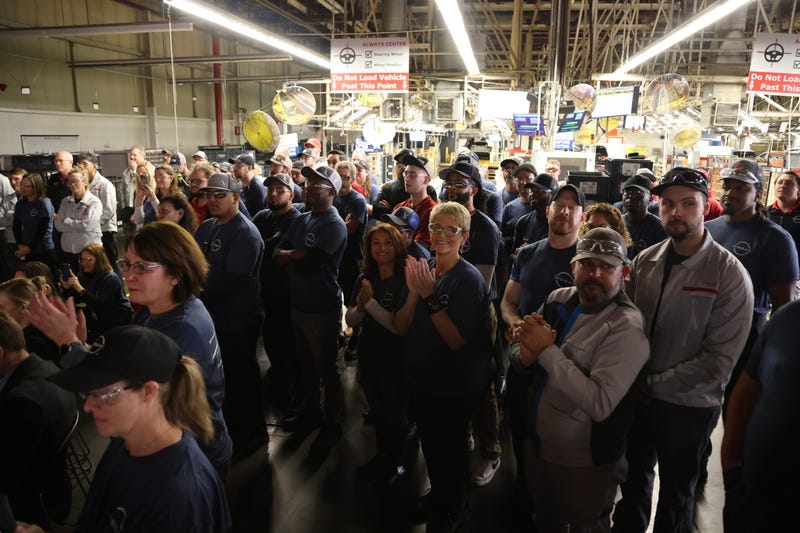

Crockett spoke with pride about the employees’ commitment to the community. They have donated thousands of pints of blood to the Red Cross, built homes through Habitat for Humanity, raised millions for United Way, and volunteered countless hours locally. He also shared that Nissan has never laid off employees at the Smyrna plant. When production slows, every employee still receives forty hours of work per week through maintenance, focus groups, or training. That approach to stability has built a culture of loyalty and pride.
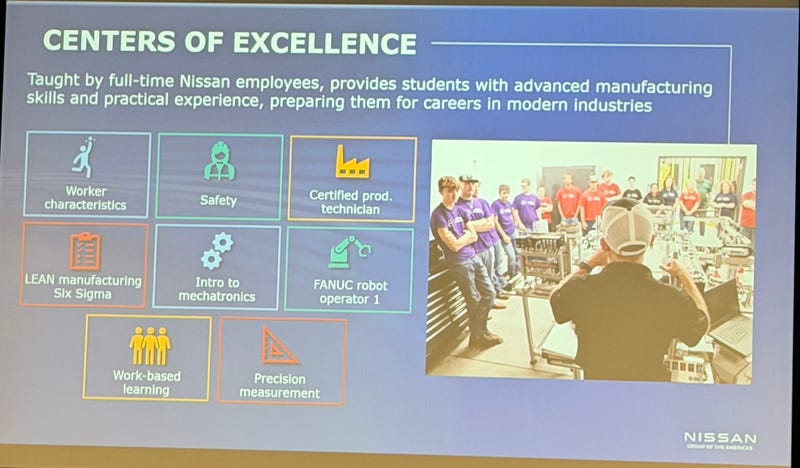
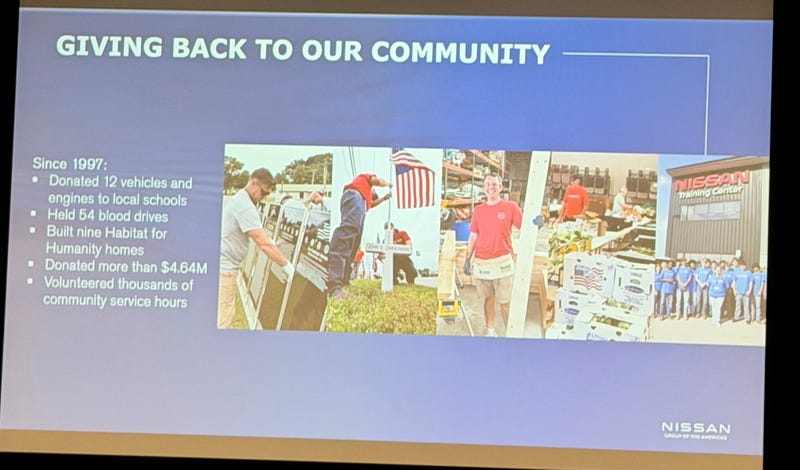
From Smyrna, we drove to Lynchburg for lunch at Miss Mary Bobo’s Boarding House, a Southern institution that has been serving meals for over a century. The family-style dining made it easy to connect with others at the table, and the touch of having a host from the restaurant sit and eat with each party made the experience feel personal, like we were guests in someone’s home.

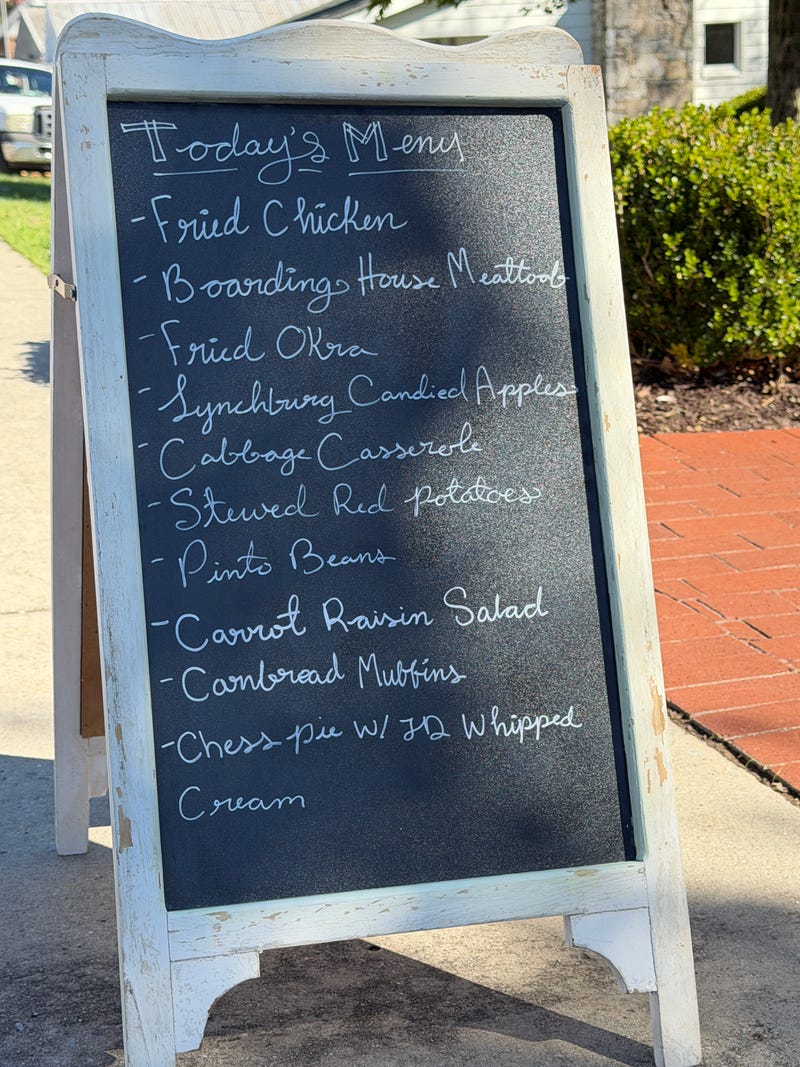
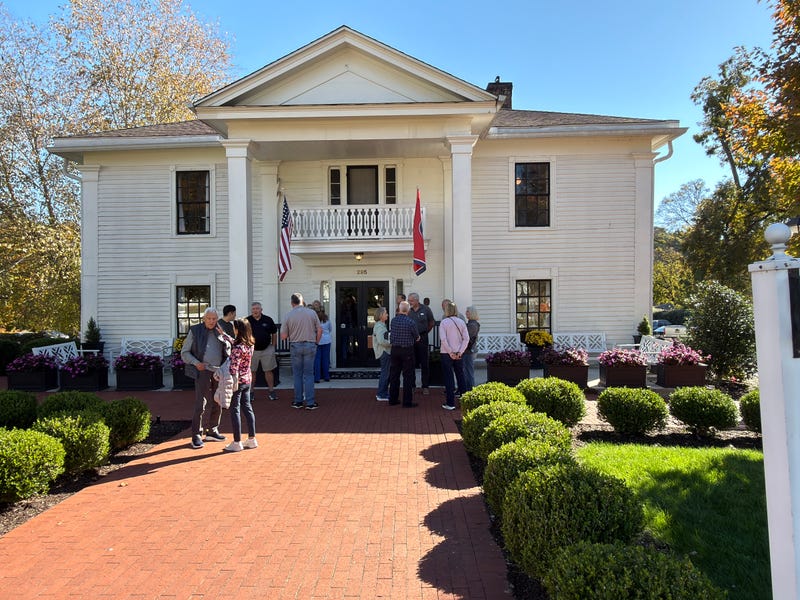
Our host, Todd Jennings, wore a distinguished old-world mustache and told stories that brought Lynchburg’s history to life, including a few nuggets the distillery tour left out.
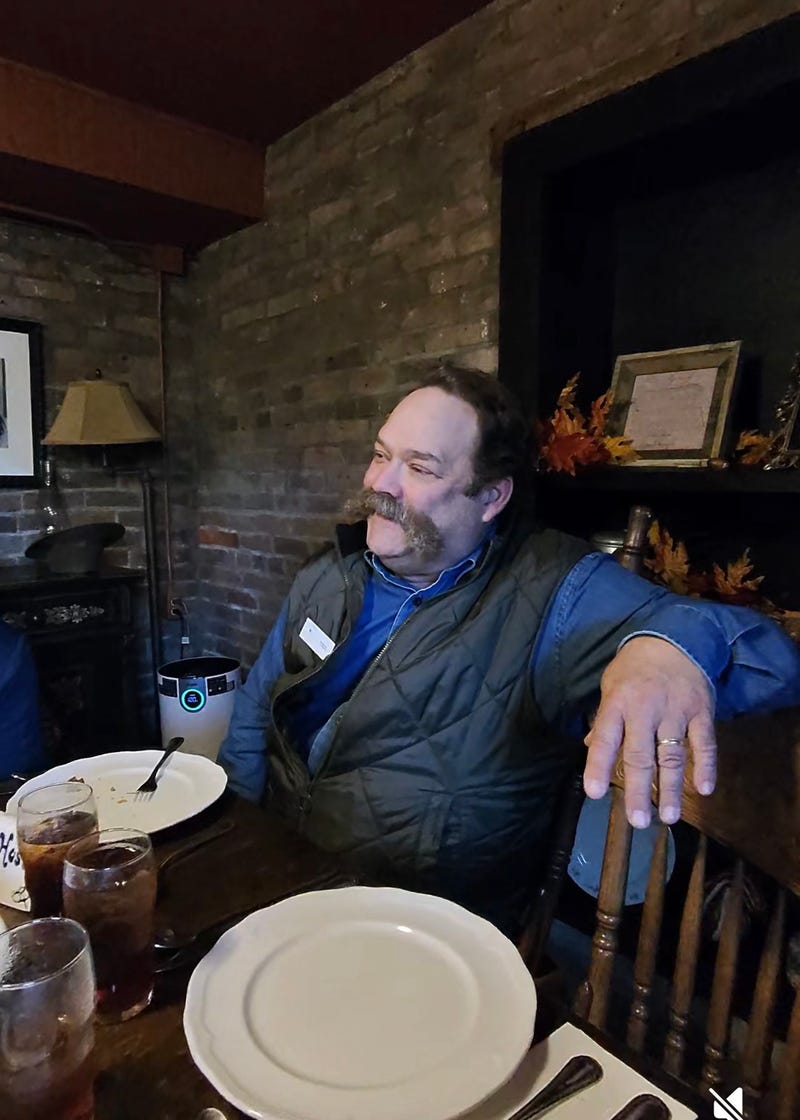
Todd shared a favorite local tale about the town banker and a Ford dealer who operated nearby. The banker refused to make loans for automobile purchases because he believed cars were a fad. It created real tension between the two men, and they were not friends. When the banker finally accepted that the automobile was here to stay, he drove to another town and bought a Chevrolet, rather than supporting his neighbor. The table erupted in laughter. It was a small-town story with a big punchline, and it fit the moment perfectly.
As good as the food was, sitting in a room from the original building, below street level, and next to a historic marker for the Roundtree Spring and Cistern, gave me an unexpected sense of nostalgia. Even though my family has no known ties to Tennessee, I felt a strong connection to my slave ancestors. It was a powerful and sobering moment amidst an otherwise lighthearted lunch.


Afterward, we walked to the Jack Daniel’s Distillery for a guided tour. The connection between whiskey making and automotive manufacturing was clear. Both require precision, patience, and an understanding that quality cannot be rushed. The distillery’s charcoal mellowing process reminded me of the same kind of deliberate care that goes into assembling a high-quality engine.
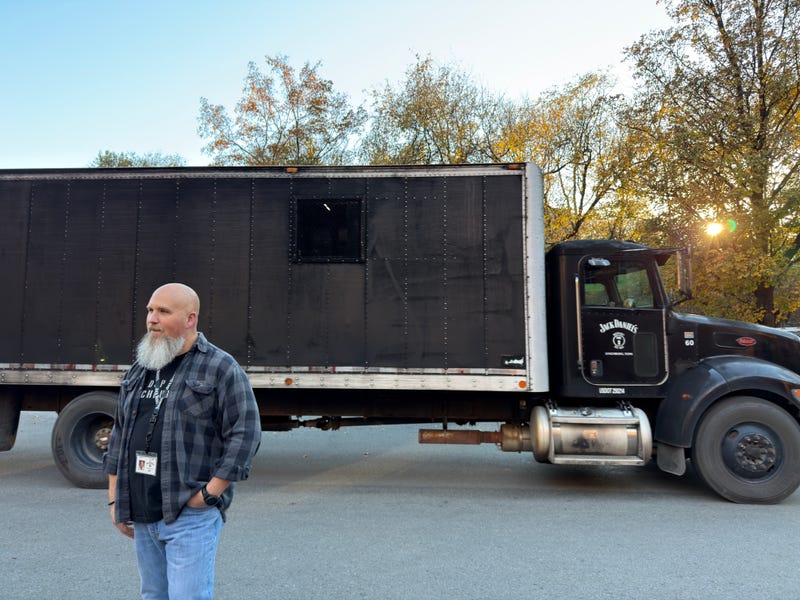
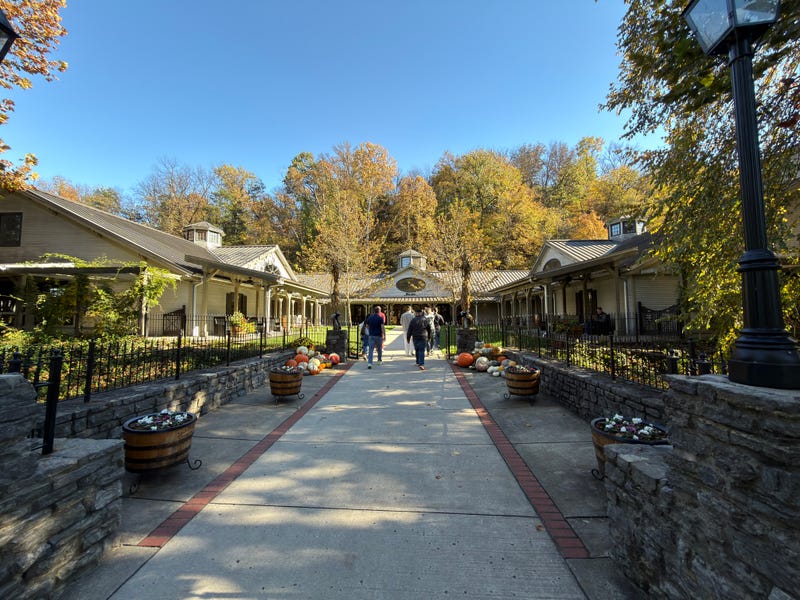
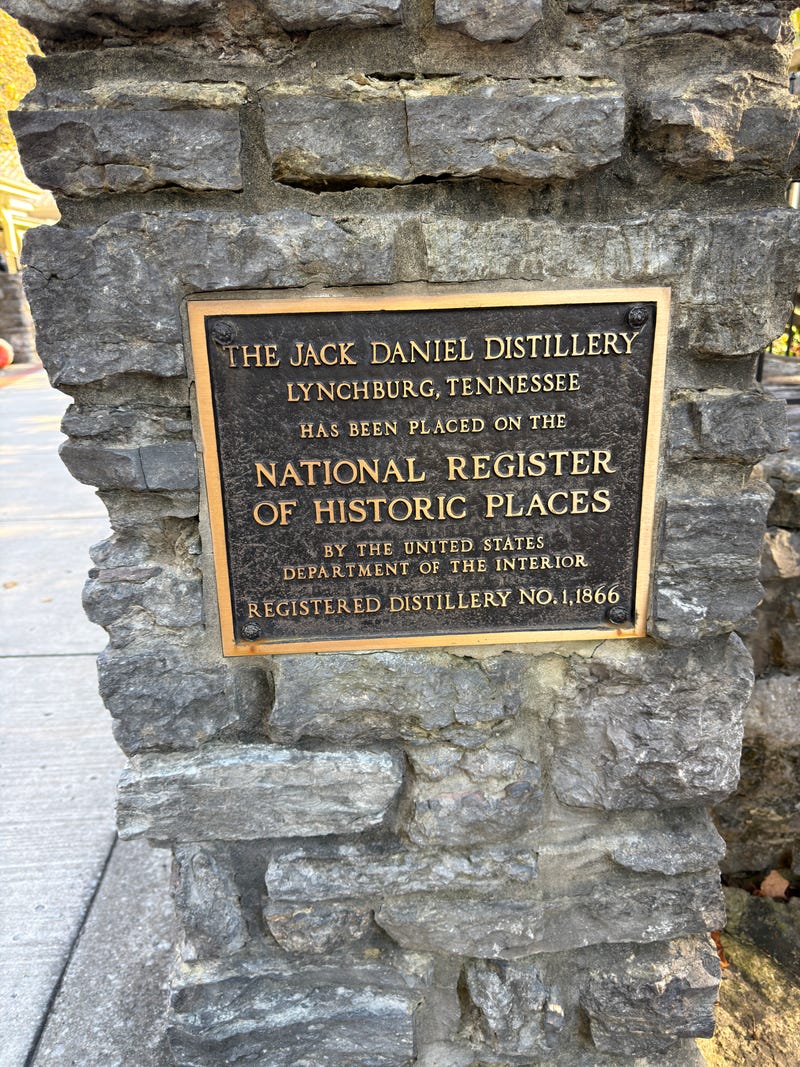


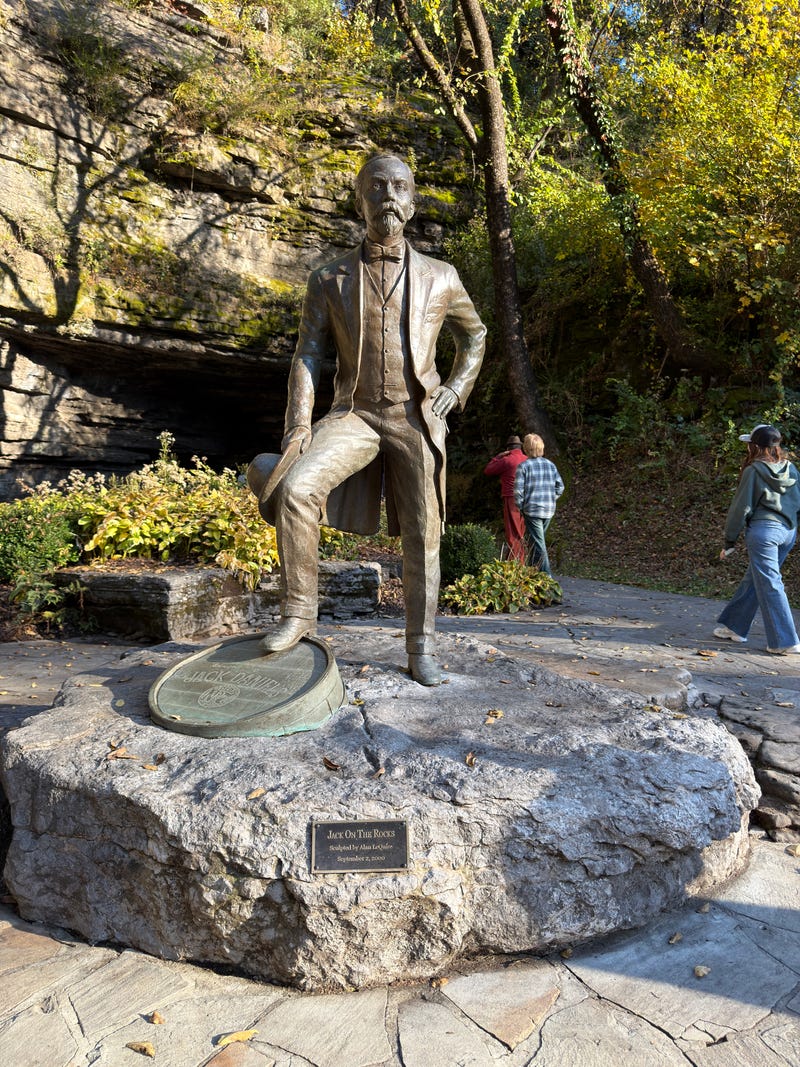
That evening, we checked into the LivSmart Studios by Hilton in Tullahoma, the first property of its kind in the United States. The modern, efficiency-minded hotel offered just the right balance of comfort and convenience. Dinner was at One 22 West, a local favorite where we shared hearty meals and reflected on the day’s experiences. The recurring theme was pride. Whether in whiskey, cars, or community, Tennesseans seem to approach their craft with the same sense of purpose.
Day Three: Decherd and Winchester
Our final morning began at The Celtic Cup Coffee House in Tullahoma, a cozy spot with the smell of fresh pastries and espresso in the air. From there, we traveled to the Decherd Powertrain Plant, where Nissan’s engines come to life.
The Decherd facility is the largest and most diverse powertrain operation in the United States, capable of producing up to 1.4 million engines each year. Since opening in 1997, its 1,800 employees have built more than 19 million engines and e-motors.

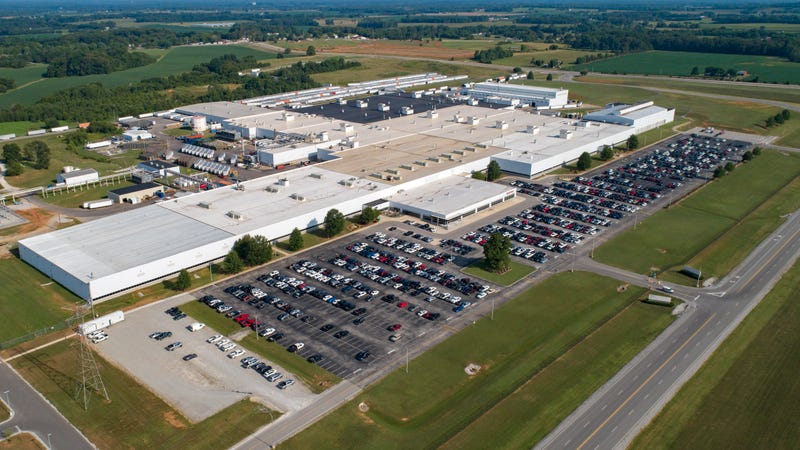
Inside the plant, molten aluminum is heated to 1,400 degrees to form engine blocks, and raw steel is forged into crankshafts at 2,300 degrees. Machining tolerances are held to just 2.5 microns, about one-fortieth the width of a human hair. In the dynamometer lab, engines are run at full throttle for up to 200 hours, stopping only for oil changes. These tests simulate more than 100,000 miles of use. That kind of durability testing requires expertise, advanced technology, and a workforce, all of which add cost that most consumers never see.

The people here spoke with the same pride I had heard in Smyrna. They told me Nissan is more than a workplace; it is a place to belong. Several mentioned their recent Veterans Day project, where they placed seventy-seven white crosses and American flags along the highway in nearby Winchester. They were proud of that display and disappointed that we had not seen it. On my way out of town, I made sure to take that route. The sight of those flags and crosses was powerful, a testament to their dedication beyond the factory walls.
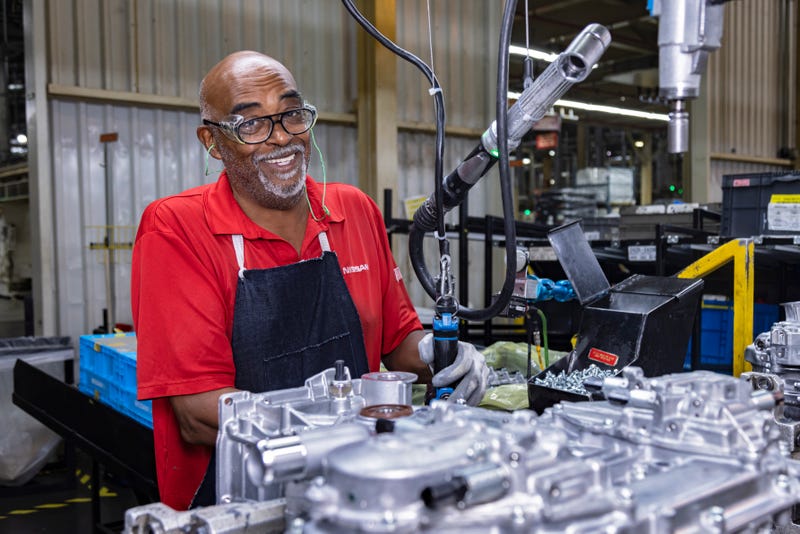
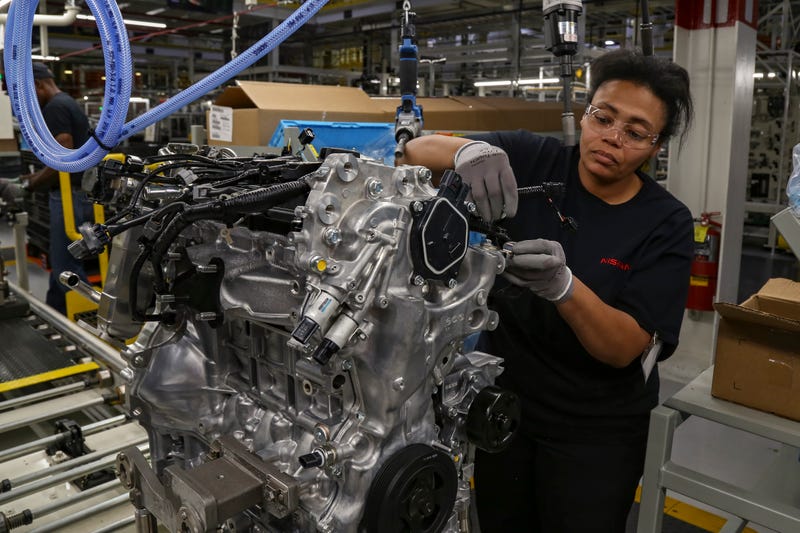
Our final lunch was at Filo’s Tavern in Winchester, a small-town restaurant that instantly felt like home. I ordered the carrot cake for dessert, and it was the best I have ever tasted. The warmth of the people and the quality of the food summed up everything I had experienced over three days in Tennessee.
The Industry and the Impact
The automotive industry remains a cornerstone of the American economy. More than ten million vehicles are assembled in the United States each year, supporting over ten million jobs across manufacturing, supply chains, and dealerships. Roughly 436,000 workers are directly employed by automakers, and the United States exports around 800,000 vehicles annually to more than 130 countries. These numbers represent the lifeblood of countless communities.
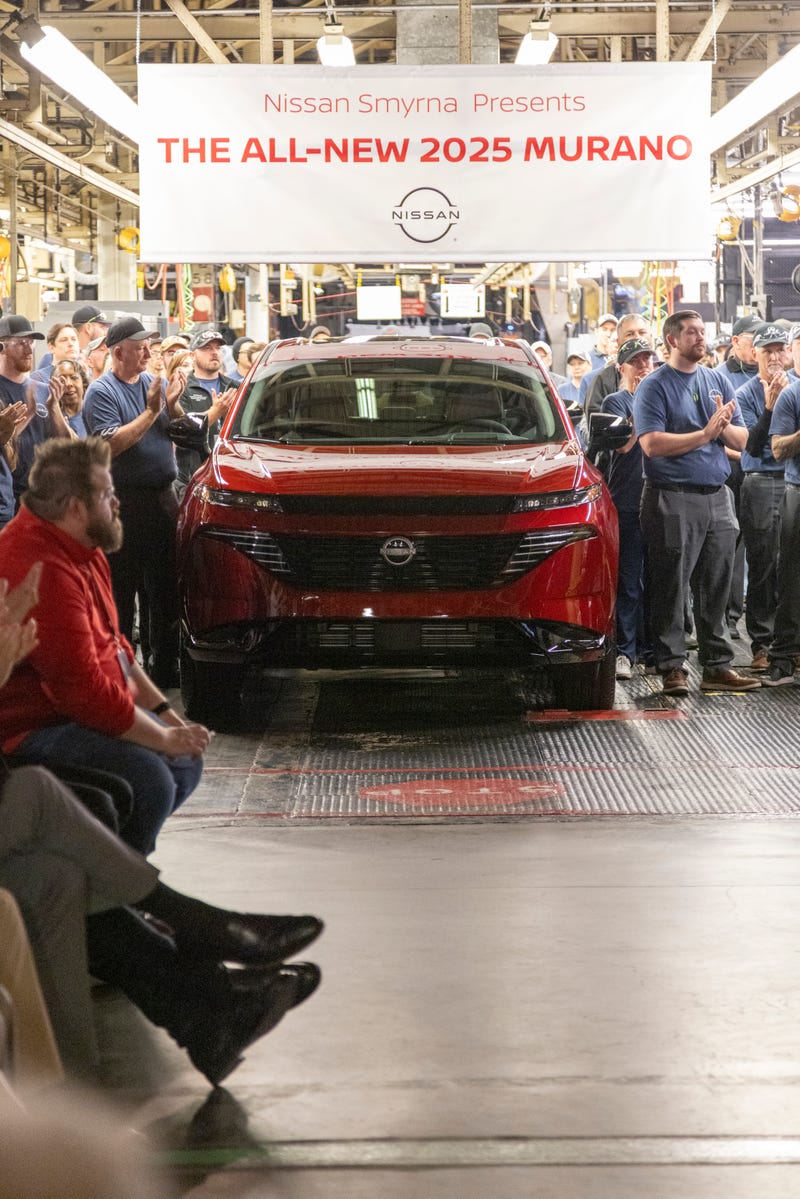
Vehicle prices have risen faster than expected in recent years, and many new models are beyond the reach of the average buyer. Yet affordability still exists. The Nissan Versa, built in Mexico, remains one of the most affordable new cars sold in America, with a starting price just above $16,000. Meanwhile, the Nissan Rogue, assembled in Smyrna, Tennessee, begins at $28,590 and represents a strong value in its segment. When consumers separate wants from needs, they can still find dependable transportation at attainable prices.
The costs behind those vehicles reflect what I witnessed throughout this trip: high wages, rigorous research and development, continuous training, and strict quality-control standards. These investments protect consumers from the kind of breakdowns that happen when corners are cut.
Automation also plays a role. It assists workers in dangerous or repetitive tasks but does not replace them. Employees are cross-trained for multiple positions to prevent fatigue and reduce the risk of injury. The technology here enhances human capability rather than eliminating it.

Coming Full Circle
As I headed home to Atlanta, the Infiniti QX60 felt different. It was more than a test vehicle; it was a representation of everything I had seen. From the creative energy of RCA Studio B to the heritage of Jack Daniel’s, from the teamwork inside Smyrna and Decherd to the hospitality at Filo’s Tavern, Tennessee reminded me that America still builds with pride.
When I see a badge that reads “Assembled in Tennessee,” I think of the people behind it. I think of the engineers, technicians, and assemblers who take pride in every bolt and every part. They are the soul of American manufacturing, demonstrating that craftsmanship, community, and innovation can coexist.
